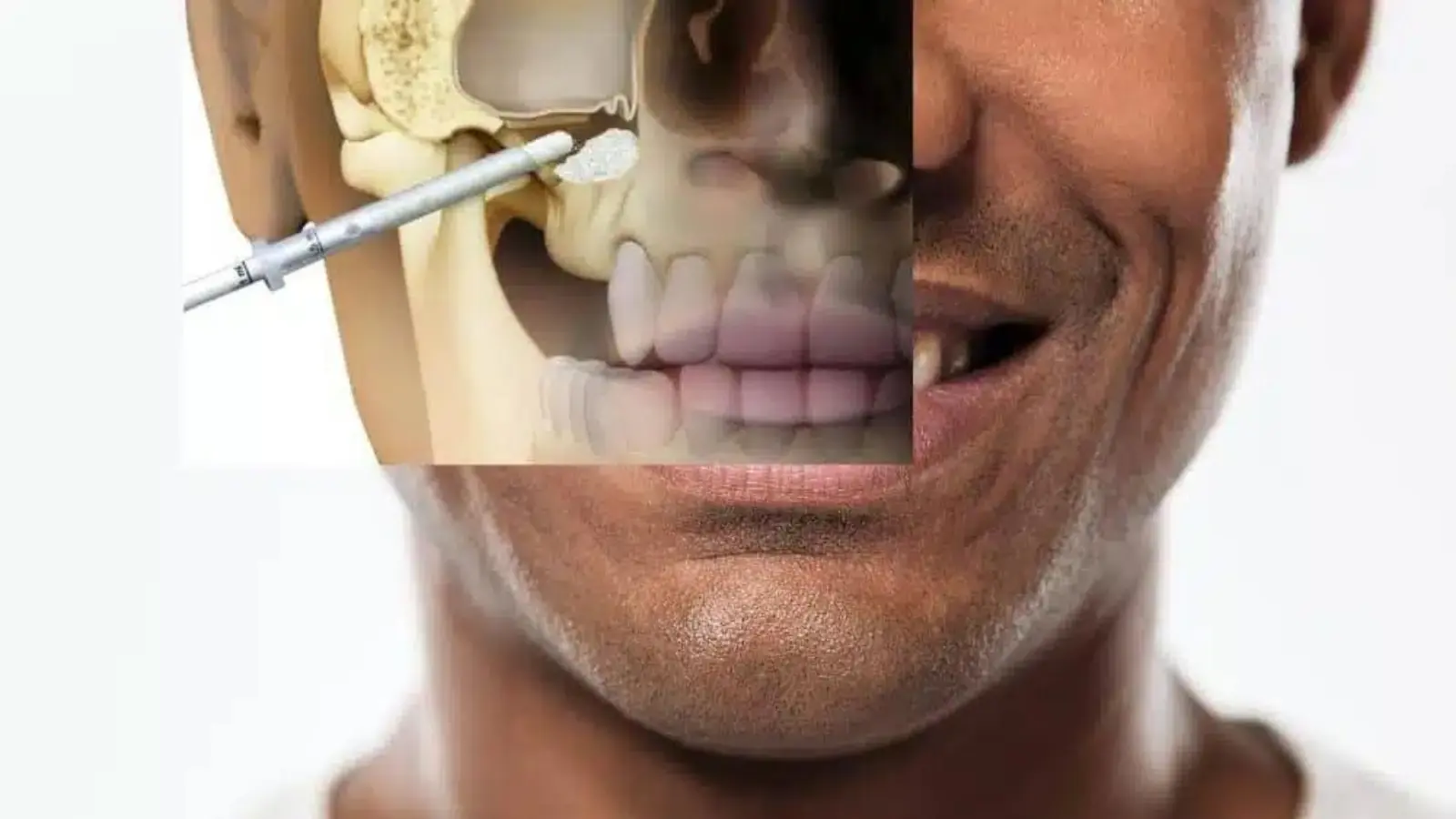Do You Need A Sinus Lift Procedure? Key Signs To Watch Out For

Sinus lift procedure is becoming more common as dental implants rise in popularity. This procedure is crucial for those who need additional bone support in their upper jaw. But how do you know if you need one? Recognizing the key signs can help you determine whether a sinus lift is right for you.
Here in this blog, we will discuss the indicators that you might need a sinus lift surgery. We will also cover what the procedure involves and how it can be beneficial for your oral health. If you are considering dental implants, read on to learn more about the necessity of this lift procedure.
What Is A Sinus Lift Procedure?
This procedure involves adding bone to your upper jaw to support dental implants. This process is necessary when there is not enough bone height in the upper jaw. It also involves lifting the sinus membrane to make room for the bone. Here’s a step-by-step overview:
- Preparation: Your dentist will take x-rays to assess your jaw and sinus.
- Incision: An incision is made to expose the bone.
- Lifting the Sinus: The sinus membrane is carefully lifted.
- Bone Graft: Bone graft material is placed where the sinus was.
- Healing: The area is stitched up and allowed to heal.
The healing process can take several months, but it is crucial for the success of your dental implants.
What are the Benefits of a Sinus Lift Procedure?
Improved Implant Success
By increasing the bone height, the success rate of dental implants significantly improves. This procedure provides a stable foundation for the implants.
Enhanced Oral Health
A sinus lift can prevent further preserve your jaw’s structural integrity while preventing bone loss.
Recovery and Aftercare
Post-Procedure Care
After a sinus lift process, following your dentist’s instructions is crucial for a smooth recovery. Some common aftercare tips include:
- Avoid Blowing Your Nose: This can cause the bone graft material to shift.
- Medication: Take prescribed painkillers and antibiotics as directed.
- Rest: Allow your body to heal by taking it easy for a few days.
Potential Complications
While a sinus lift is generally safe, some potential complications include:
- Infection: Rare, but possible. Follow your dentist’s hygiene instructions.
- Sinus Membrane Tear: This can be repaired during the procedure.
What Are the Signs That You Need a Sinus Lift?
Missing Upper Teeth
If you have any missing teeth in the upper jaw, especially the molars, this can lead to bone loss over time. A sinus lift can provide the necessary bone support for implants.
Bone Loss Due to Periodontal Disease
Periodontal disease can significantly affect bone loss in the jaw. If your dentist finds that you have lost too much bone to support an implant, a sinus lift might be necessary.
Thin Jawbone
Some people naturally have a thin jawbone. If your jawbone isn’t thick enough to support implants, a sinus lift can help build up the bone.
Are Sinus Lifts As Scary As They Look?
Common Misconceptions
Many people feel anxious about sinus lift procedures, imagining it to be very painful or risky. However, these fears are often unfounded. Here are some common misconceptions:
- Pain: The procedure is usually performed under local anesthesia, and in this case, patients typically experience minimal discomfort.
- Complexity: While it might sound complicated, it is a routine procedure performed by experienced oral surgeons.
Reality Check
- Minimal Discomfort: Most patients report mild discomfort similar to having a tooth extraction.
- High Success Rate: With proper care, sinus lift treatments have a high success rate.
Is Sinus Lift Surgery Safe?
Safety Measures
Sinus lift Procedure is generally safe when performed by a qualified oral surgeon. Some safety measures include:
- Pre-Surgical Assessment: Thorough evaluation and imaging to plan the procedure.
- Sterile Environment: Ensuring a sterile environment to minimize infection risk.
Potential Risks
As with any surgical procedure, there are risks involved, but they are rare. Potential risks include:
- Infection: Following post-operative care instructions can minimize this risk.
- Sinus Membrane Tear: If this occurs, it can usually be repaired during surgery.
How to Determine if You Need a Sinus Lift Procedure?
Consultation with Your Dentist
Your dentist will assess your jawbone and sinus cavity using x-rays and other imaging tools. This evaluation will help determine if a sinus lift is necessary.
Personalized Treatment Plan
If a sinus lift is needed, your dentist will make a customized treatment plan to ensure the best results.
A sinus lift procedure is a critical step for many patients who require dental implants but lack sufficient bone height in their upper jaw. By recognizing the key signs that indicate the need for this procedure, you can take proactive steps toward improving your oral health. From ensuring sufficient bone height to preventing sinus perforation, a sinus lift can provide the necessary support for successful dental implants. If you suspect you might need a sinus lift surgery, consult with your dentist to discuss your options and create a personalized treatment plan. Remember, a well-informed decision can lead to a healthier and more confident smile.
